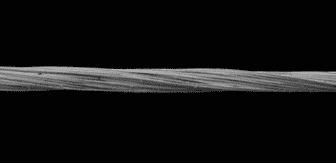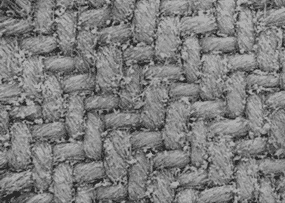How to Select the Right Filter Cloth for Your Needs
2024-08-30
Choosing the right filter cloth for your application is crucial to achieving the best filtration results. The selection process involves understanding the characteristics of your slurry and the specific filtration requirements. Below are the key factors to consider when selecting a filter cloth.
Key Factors in Filter Cloth Selection
Product Focus:Is your product the cake or the filtrate?
Acidity Levels:How acidic is the slurry?
Temperature:What is the temperature of the slurry?
Particle Size:What are the sizes of the particles in the slurry?
Pre-treatment:Has the slurry been pre-treated with substances like polymers, DE, iron, or lime?
Abrasiveness:Does the slurry contain coarse or abrasive particles?
Solvents and Oils:Are there solvents, oils, or greases present in the slurry?
Filtration Frequency:How many filtration cycles do you run each day?
These factors help determine the most suitable:
Fabric Material and Compatibility
Yarn Type
Fabric Weave
Finishing Process
Common Filter Cloth Materials
Polypropylene: The standard choice for most applications, polypropylene offers excellent temperature resistance and is less prone to clogging. It has a smooth surface that facilitates easy cake removal. However, it's essential to match the material to the slurry type. For example, polyester is a better option if your slurry contains bleach.
Nylon:Known for its durability, nylon is ideal for abrasive environments. Though more expensive, its long lifespan can offset the initial cost.
Polyester:Suitable for high-temperature applications (above 180°F) or when oxidizing agents are present.
Types of Filter Cloth Fibers
Monofilament:Made from single, continuous fibers, monofilament offers the highest flow rates and excellent resistance to clogging and abrasion. It also provides the best cake release.

Multifilament:Composed of multiple fibers twisted together, multifilament fibers excel at retaining smaller particles and ensuring good cake separation.

Short Fiber (Staple Fiber):These fibers are spun into yarn, giving the cloth a "fuzzy" appearance. While they offer the best solids retention, they have the poorest cake release.

Filter Cloth Weave Patterns
Satin Weave:This weave provides a smooth surface with minimal crossovers between yarns, making it highly flexible and ideal for curved surfaces. It offers excellent cake release and resistance to clogging.

Twill Weave:Featuring diagonal ribbing, twill weave adds strength to the fabric but sacrifices some stability. It provides fair cake release and moderate resistance to clogging.

Plain Weave:The most basic weave, plain weave, is known for its high particle retention and low clogging resistance. It offers fair strength, stability, and cake release.

Fabric Finishing Techniques
Singeing:This process removes short fibers from the fabric's surface, improving cake release.
Calendering:By passing the fabric through heated press rolls, calendering smooths the surface, enhancing cake release and adjusting permeability.
Heat Setting:This process stabilizes the fabric, preventing shrinkage and stretching, ensuring dimensional stability.



